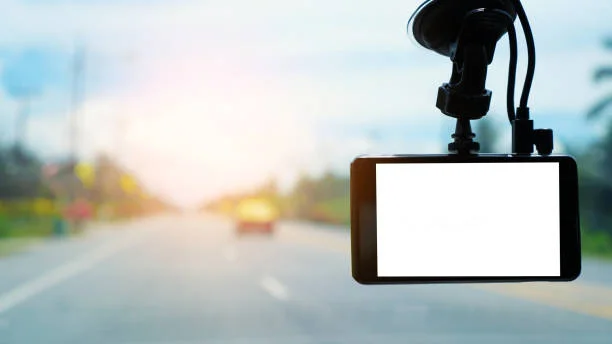In recent years, technology has transformed the way vehicle accident claims are handled. Digital evidence from dashcams, smartphone cameras, and other devices is providing lawyers and clients with a more accurate record of incidents. Gone are the days when claims relied solely on witness statements or conflicting reports. A Dallas area vehicle accident lawyer often emphasizes the importance of collecting and preserving this type of evidence, as it can provide real-time documentation that supports a client’s account and strengthens the case. Proper use of these tools can reduce disputes over liability and, in many cases, speed up settlements.
The Rise of Dashcams and Smartphones in Accident Claims
Smartphones and dashcams are now indispensable instruments in accident situations. Dashcams capture events that drivers might forget or misinterpret during stressful situations by continuously recording video while they are operating a vehicle. On the other hand, smartphones can record the scene, vehicle damage, road conditions, and even traffic signals or signs using both video and photographic evidence.
These devices are dependable because they can capture events in an unbiased manner. Digital footage captures what actually happened in real time, unlike human memory, which can be impacted by stress or perspective. Attorneys can use this evidence to support their client’s version of events, reconstruct the incident, and confirm timelines. Having unambiguous visual documentation can be crucial when a fault is disputed.
Preserving Evidence for Maximum Impact
Collecting footage is only the first step. Preserving it properly is equally important. Digital files can be lost, overwritten, or corrupted if not handled correctly. A Dallas area vehicle accident lawyer ensures that the evidence is saved securely, time-stamped, and submitted in a way that is admissible in court.
This often involves creating backups, securing metadata, and maintaining a chain of custody to prove that the footage has not been tampered with. Even a few seconds of missing or altered video can raise questions about credibility. Legal professionals also advise clients on how to capture additional supporting content, such as photos of skid marks, surrounding traffic, or road conditions, to provide a complete picture of the accident.
Using Technology to Strengthen Claims
Negotiations with insurance companies can be significantly affected by the presence of dashcam or smartphone evidence. When there is unambiguous, objective evidence of fault or the sequence of events, insurers are more likely to make reasonable settlement offers. Because adjusters can examine video rather than just written statements or interviews, digital evidence can reduce the amount of time needed for investigations.
To recreate accidents for court or mediation presentations, lawyers also use technology. To show precisely how the accident happened, software can synchronize dashcam footage with other data, like GPS tracking or vehicle telematics. This produces an engaging visual story that bolsters the client’s argument and can help reduce doubt about culpability.
The Future of Accident Evidence
Accident evidence will become even more advanced as technology advances. The landscape is being altered by smartphone sensors that monitor speed or braking patterns, dashcam apps that automatically upload video to secure servers, and high-definition cameras. In the near future, attorneys might have access to more accurate data than ever before, which would facilitate the resolution of fault disputes.
Proactive use of these tools, along with advice from knowledgeable legal counsel, gives clients a major edge in negotiations and future litigation. These days, technology frequently drives the strategy for achieving desired results rather than merely supporting a claim.
Final Thoughts
Digital evidence from dashcams and smartphones is redefining how vehicle accident claims are documented and settled. By helping clients properly collect, preserve, and present this information. Leveraging technology in this way provides clarity, strengthens cases, and improves the likelihood of fair compensation for those involved in accidents.






